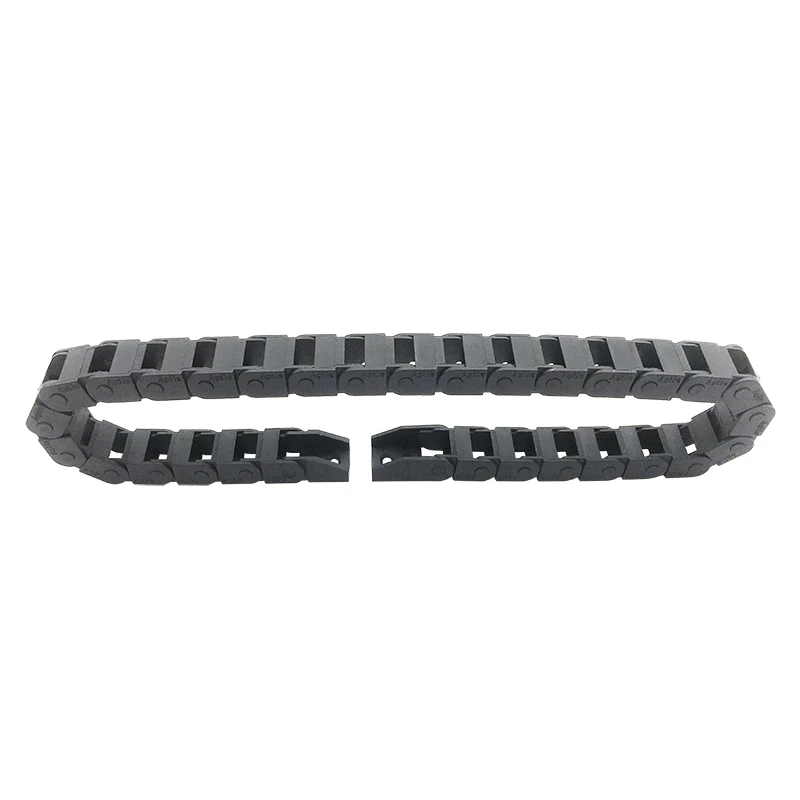Understanding Synchronous Belts and Pulleys for Efficient Mechanical Systems
Understanding Synchronous Belts and Pulleys Mechanics and Applications
Synchronous belts and pulleys are crucial components in various mechanical systems, providing efficient power transmission in a wide range of applications. Unlike traditional V-belts, synchronous belts operate on the principle of positive engagement, ensuring that the belt teeth fit into the grooves of the pulleys, preventing slippage and enabling precise movement. This article will delve into the mechanics of synchronous belts and pulleys, their advantages, and their common applications in various industries.
The Basics of Synchronous Belts
Synchronous belts, also known as timing belts, are made from flexible materials such as rubber or polyurethane, reinforced with strong fibers to enhance their tensile strength. The inside of a synchronous belt features evenly spaced teeth that mesh with the grooves of corresponding pulleys. This design allows the belt to maintain a constant relationship between the rotation speed of the belt and the pulleys, ensuring accurate timing in machinery operations.
One of the key benefits of using synchronous belts is their ability to transmit high torque at varying speeds. Because there is no slippage, the efficiency of power transfer is significantly improved. This feature makes them especially useful in applications where timing is critical, such as in engines, robotics, and conveyor systems.
How Synchronous Pulleys Work
Synchronous pulleys are the counterpart to synchronous belts. They are designed with grooves that align perfectly with the teeth of the synchronous belts. When the motor drives the pulley, the belt is pulled along, resulting in synchronized movement between the components connected by the belt.
Synchronous pulleys come in various sizes and tooth profiles, enabling compatibility with different belt types and applications. The careful selection of pulley diameter is crucial; larger pulleys can provide higher torque at lower speeds, while smaller pulleys allow for higher speeds but may reduce torque.
Advantages of Synchronous Belts and Pulleys
1. Precision and Reliability The teeth meshing allows for exact synchronization between the belt and pulleys, crucial for timing-critical applications. This feature makes synchronous systems ideal for automotive engines, where valve timing must be precise.
2. Low Maintenance Synchronous belts do not require lubrication like chain drives do. This characteristic reduces maintenance requirements and operational costs over time.
3. Efficiency The positive engagement between the belt and pulleys minimizes power loss through slippage. Synchronous systems can achieve efficiencies upwards of 98%, which is significantly higher than many alternative systems.
synchronous belts and pulleys

4. Noise Reduction Synchronous belts tend to operate quieter than chain-driven systems, making them suitable for applications where noise reduction is essential, such as in residential appliances and office equipment.
Common Applications
Synchronous belts and pulleys are found in numerous applications across various industries, including
- Automotive Used in timing belts and camshaft systems, ensuring that engine parts work together in precise harmony.
- Robotics In robotic arms and automated systems for precise movement and control.
- Manufacturing Utilized in conveyor systems for material handling, packaging, and assembly processes, ensuring smooth and timed operation.
- Textiles Employed in knitting and sewing machines, where precise timing and control over fabric feed are necessary.
- Home Appliances Found in washing machines and dryers to ensure consistent and reliable operation.
Conclusion
Synchronous belts and pulleys represent a key advancement in mechanical engineering, providing highly efficient and reliable solutions for power transmission across a multitude of applications. Their design, characterized by the positive engagement of teeth, reduces slippage and enhances timing accuracy, making them indispensable in industries where performance and precision are paramount. As technology continues to evolve, the development of advanced materials and designs for synchronous belts and pulleys will likely lead to even more innovative applications, further solidifying their importance in modern machinery and engineering solutions.








